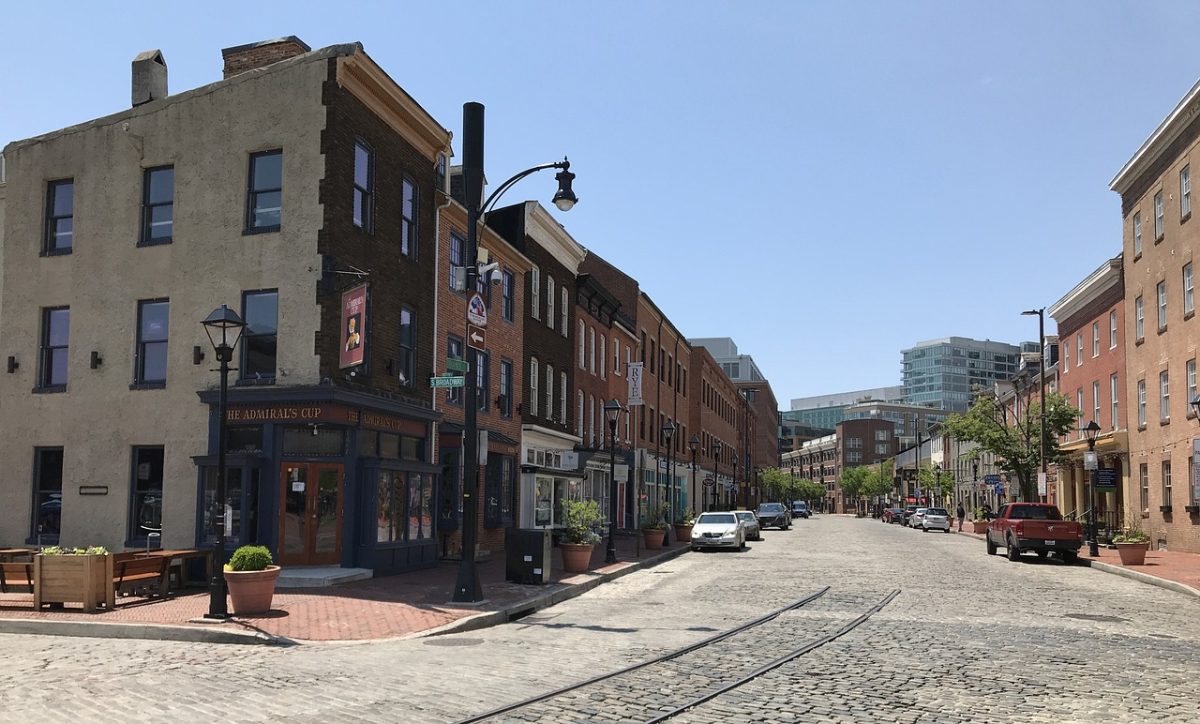The opioid epidemic has proven to be a detrimental issue in Maryland since the 1990s. Opioids, or better known as narcotics, are classified as a broad scale of medicines that mimic the substances that are found in the opium poppy plant. Just in 2021, opioid related deaths have been charted to be 88% of all deaths caused by illicit drug use in Maryland. According to the Baltimore City Health Department, In 2023, Baltimore City saw 1043 drug and alcohol-related deaths, 921 of which were fentanyl/opioid related. In contrast to states such as South Dakota, with only 48% of their deaths that are related to drug use being caused by opioids, it is evident that Maryland has fought significant obstacles with this issue. Knowing this, it begs the question of why?
These substances are prescribed to patients after surgeries or when experiencing pain due to trauma or diseases. Common prescription opioid drugs include, oxycodone, oxymorphone, hydrocodone, hydromorphone, fentanyl, morphine, codeine, methadone, tramadol and buprenorphine.
Since all of these drugs work by activating an area of nerve cells known as opioid receptors, a person’s sensory perception can be altered. This consequence unfortunately also causes a risk of addiction by individuals who are in vulnerable times of their life; this is because opioids are known to release endorphins which block the human perception of pain and floods the brain with an overall feeling of wellbeing. Fueled by the misuse of prescription painkillers, heroin, morphine, and synthetic opioids, this issue has begun to strain public health departments.
In the WUSA9 interview titled “Former opioid addict talks about struggle with drug abuse, rise in overdose deaths in Maryland”, Hagerstown, MD resident Courtney Shaff offers critical insight on the issue at hand. Shaff gets extremely vulnerable as she discusses the loss of her baby born prematurely at 28 weeks old in 2019 and her struggles with staying sober throughout that. Shaff also discusses her experience with the methadone program which has been used to treat opioid dependence since the early 1950s. How this program functions is that the patient will take a daily dose of methadone, which is an opioid within itself, in order to help reduce the craving of opioids alongside lessening withdrawal symptoms. Shaff discusses how simple it was for her to begin to abuse the methadone program as well, which could be seen as a critique for the medical field. She explains how easy it was for her to simply say that the dose she was receiving was not enough, evidently leading for her prescription to be heightened as an effect to keep abusing the drugs.
Regardless, doctors can still be held responsible for negligence on the counts of over-prescription and the failure to respond or notice the patient’s drug addiction. Shaff also provides insight into why overdose levels in Maryland have risen, “You don’t know what you’re buying anymore…the first time [she] was using it wasn’t like it is now. Where when you get heroin…The overdoses were a lot less.” By this, Shaff means to say that in current times many street opioids are mixed with powerful synthetic opioids that lead to overdoses even in extremely small doses, which has caused the opioid epidemic in Maryland.
Opioid addiction can simply begin with a prescription of pain medication, but for many it begins with anxiety, depression or any mental issues which can cause a person to feel lost or alone. These drugs can serve as a way to numb those feelings and provide a false sense of security for many which can be difficult for them to live without. If you notice someone close to you that you may suspect to be abusing opioids, there is one common initiative that you should look out for which is deceitful behavior or bad decision making. Shaff discusses her experience with this as she claimed that abusing opioids led her to robbing organizations and stealing from people, things she knew did not align with who she actually was.
It is important to understand that though these drugs can temporarily provide the user with a feeling of security, overtime they always have the potential to make these illnesses worsen. Regardless, that feeling of reliance slowly turns into addiction overtime which makes it absolutely critical for a person to have others who are willing to look out for them and get them help if possible. One tool that can be useful for preventing overdoses is Narcan, a nasal spray that aims to reverse an overdose’s effects while help arrives. Learn more here. If you see someone in your life who is struggling mentally, it is always vital to keep a close eye on them because you may be the savior that they need in difficult times.


